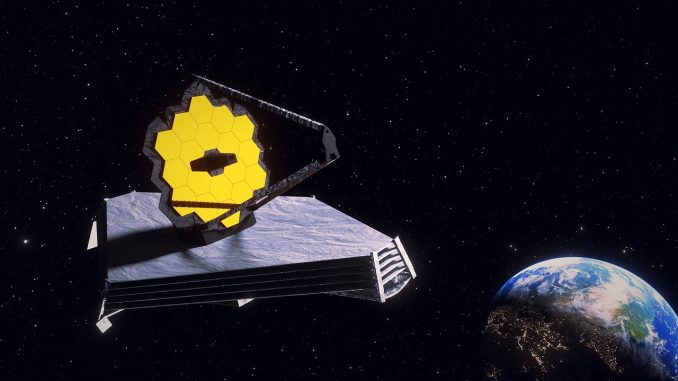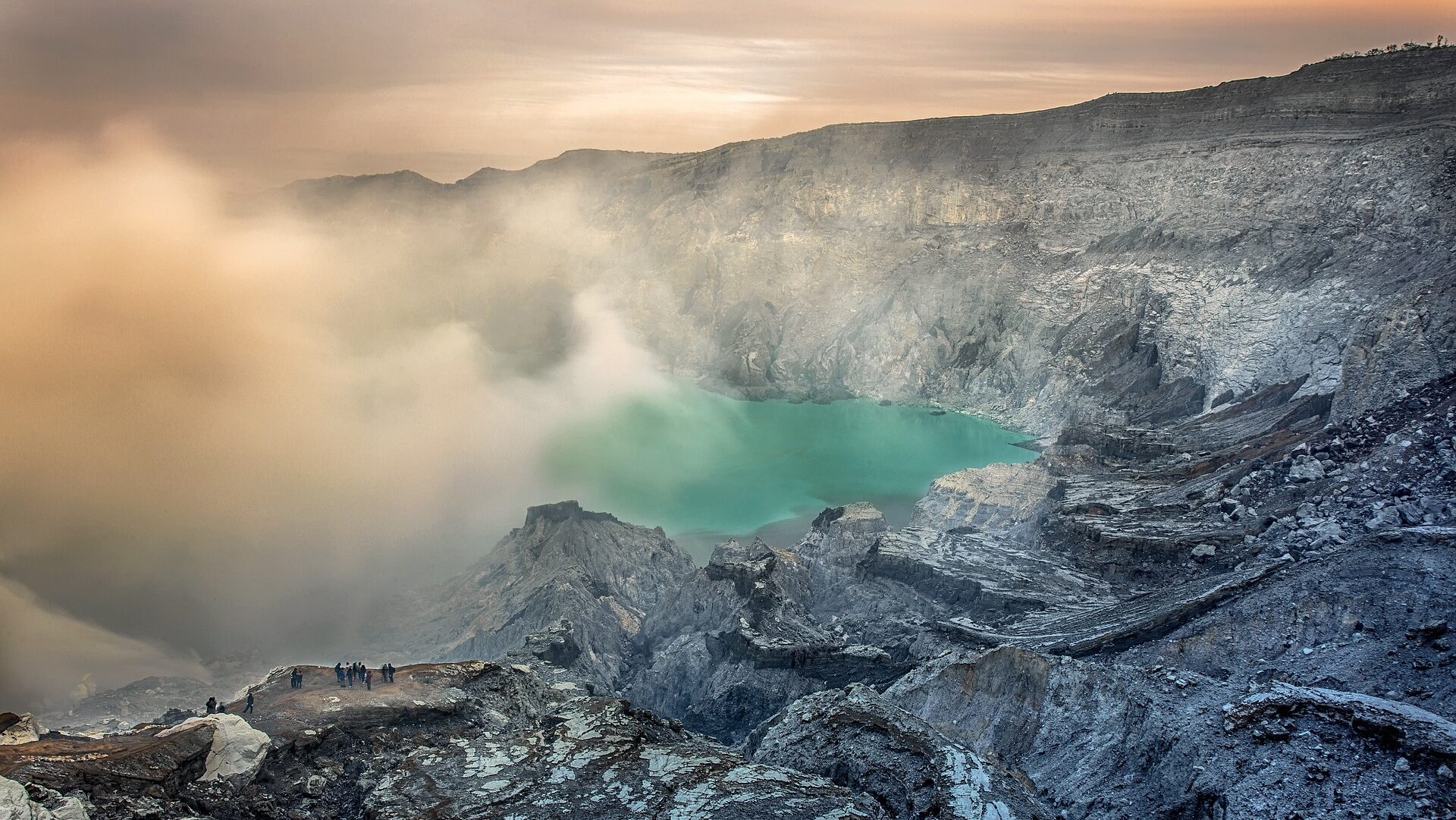Reading Time – 5 minutes, Difficulty Level 1/5
You may have heard about the James Webb Space Telescope (JWST). In this post we are going to try and understand what it is and why NASA have spent 20 years and 10 billion dollars developing it.
It is named after former NASA Director James E Webb. He ran the agency in the 1960’s and was most closely associated with the Apollo missions. It was his belief NASA needed to strike a balance between exploratory missions and the development of space science.
Hubble 2.0
Hubble, NASA’s former flagship telescope was launched in 1990. Despite some early teething troubles it has been a resounding success. When we imagine coloured images of space, there is a good chance those images are recollections originating from Hubble.
Orbiting Earth at a distance of around 340 miles, Hubble made many groundbreaking discoveries. It has been a loyal servant, furthering the understanding of our universe for three decades.

Image: Ruffnax (Crew of STS-125) – Wikipedia
There are things that Hubble just can’t see though. Objects too distant, too faint or too far into the infrared spectrum. The light stretched due to the expansion of space itself and redshift.
That’s where JWST comes in.
It is 100 times more powerful than Hubble and operares solely in the infrared spectrum. JWST is so powerful if it were placed on Earth and aimed at the moon, you could see a butterfly.
Far far away
JWST is very sensitive to heat and light. This means it has to be in a specific orbit to work.
This place is the ‘Lagrange’ point.
It is approximately 1 million miles from earth and JWST will stay there capturing images of deep space for around 20 years.
What could we see with the James Webb Space Telescope?
JWST has many brand new hi-tec scientific instruments. These allow astronomers to study things such as the light from the most distant stars and galaxies, the chemical signatures of exoplanet atmospheres and the very origins of the Universe itself.
The first 5 years of the James Webb Space Telescope will concentrate on early star formation, a detailed study of Jupiter and its moons and the afore mentioned atmospheric composition of exoplanets.
What might we discover?
The formation of early stars reveal precise detail about the creation of our Universe. This will give astronomers opportunities to understand the origin of galaxies such as our own Milky Way and ultimately planets similar to Earth.
Probably the most exciting research will be exoplanet atmospheres where the James Webb Space Telescope will be able to reveal in high detail which chemical elements are present. This is likely to reveal many planets orbiting stars in distant galaxies that contain traces of liquid water. Planets like our own Earth.
Also there is the tantilizing possibility of detecting manufactured elements produced by an alien civilisation. Those same elements are present in our own atmosphere. Made by human civilisation.
A detailed study of of the Jovian system will likely spark public interest when JWST points to Europa. Gravitational forces from Jupiter warm up the core of this moon. Scientists already have compelling evidence of a vast ocean of liquid water beneath its icy crust. An ocean that vents gas into its atmosphere via cracks in that surface. An ocean that could contain life.
A new era
The James Webb Space Telescope will provide razor sharp images and break boundaries of scientific research for the next two decades. By 2040 we may finally come closer to answering some of the biggest questions we ask as a civilisation.
Where did we come from? Are we the only place that has life?
For further reading on the search for life elsewhere in the Universe try our article on how to understand the Drake Equation or check out the excellent work done by our friends at the SETI Institute.
I’m the founder of The Average Scientist and also an Astrophysicist, a passionate Science Communicator and elected Fellow of the Royal Astronomical Society.
I regularly speak at various events, including our TAS Talks and theatre shows on subjects such as Astrophysics, Planetary Science and the Evolution of the Universe.








